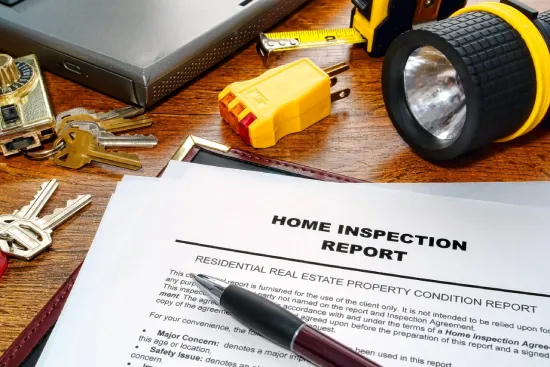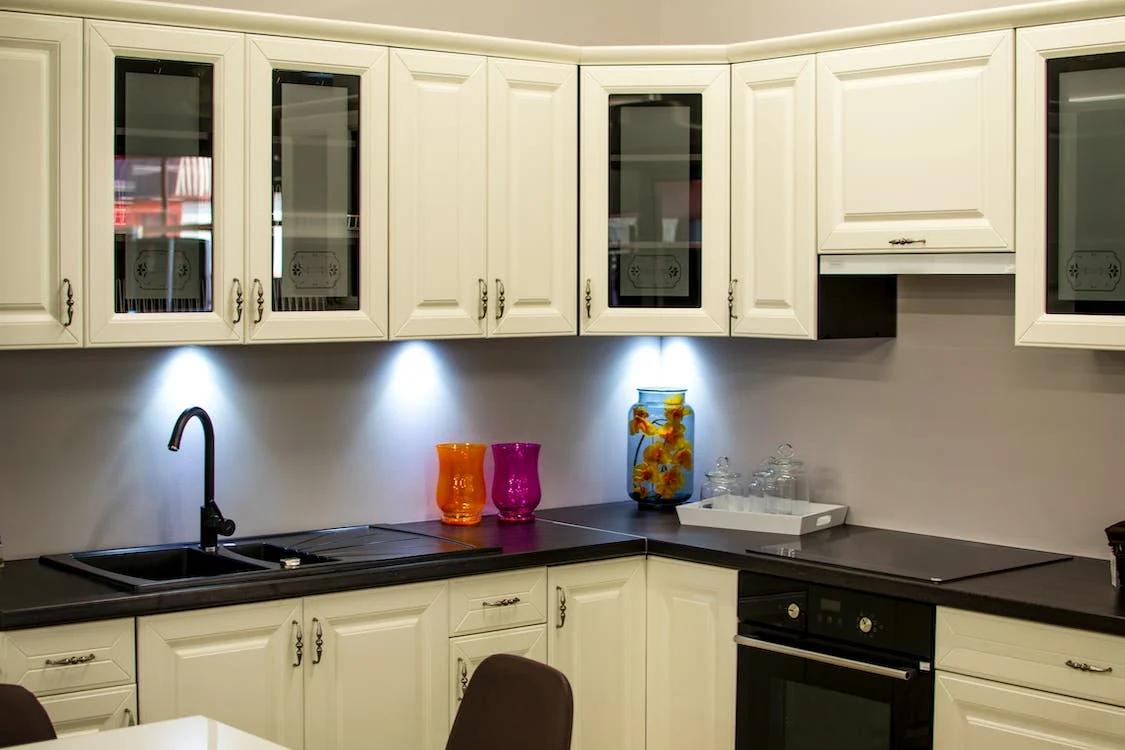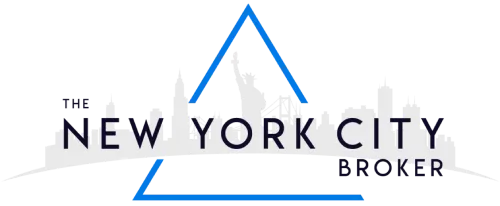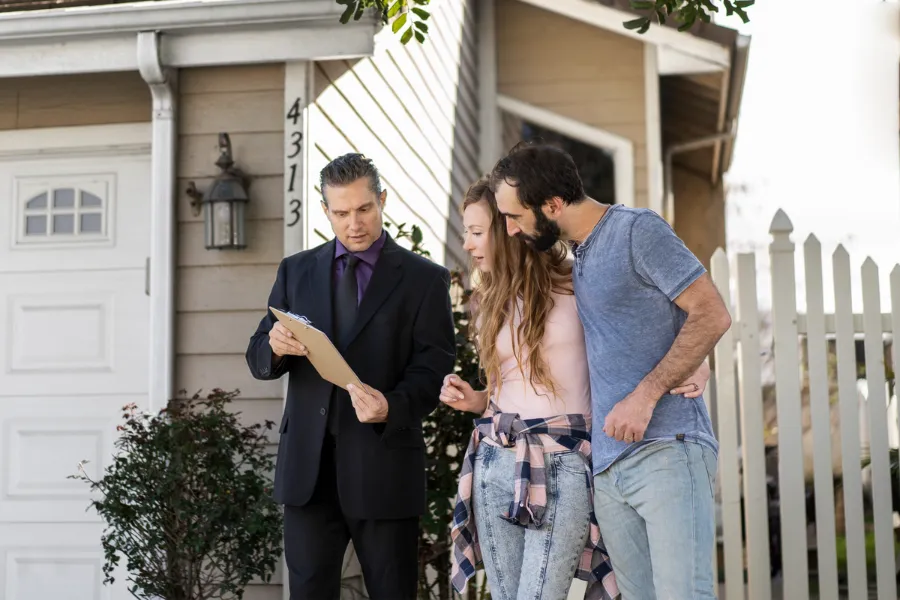Pied-a-Terres
Pied-à-terre is French for “foot on the ground.” It’s a residence that is only occasionally used by a homeowner who is usually not a local resident. It can be called a second home or a vacation home, based on what you use it for.
Pied-à-terre is not an official property classification as it can often be used as a generic term. Here are 8 steps that will help you best prepare for purchasing a pied-a-terre.
- STEP 1
- STEP 2
- STEP 3
- STEP 4
- STEP 5
- STEP 6
- STEP 7
- STEP 8
Determine The Property Type You Wish To Buy
A pied-à-terre can be a co-op or condo apartment, or a townhouse, though each type comes with its own pros and cons. With co-ops, the major problem is permission, as many co-ops forbid a pied-à-terre, and the ones that allow it may have certain restrictions. You get significantly more freedom with condos and especially townhouses, but the costs are usually higher.
Make Up Your Mind About Rentals
If you wish to rent out your pied-à-terre when you are not using it, you are limited to co-ops and condos that allow it and have flexible sublet rules. You also need to understand the city rules about short-term rentals and Airbnbs. Rentals are a financially smart choice as they will lower the cost of maintaining a second residence in NYC, but they can be difficult to manage from afar unless you have trusted friends or family members that can take care of the rentals for you. Also, in most situations when renting out a co-op (if they allow it), the prospective renter still has to fill out all the information that a prospective buyer would for the same co-op. It can also take several months to get an approval from the board.
Prepare A List Of Must-Haves
If you are buying a pied-à-terre because you frequently visit NYC for short-term business trips, you may not need an expensive kitchen or a lot of closet space. But you might need a location closer to your business interests. If it’s being utilized as a luxurious second residence, you may have a list of amenities you want, but you are not concerned about the commute or proximity to public transport. A proper list of must-haves can help you find the perfect pied-à-terre at a reasonable price without paying for positives you don’t really need.
Find A Mortgage Lender
A pied-à-terre can be difficult to get financing for as compared to a primary residence. If you have suffered from a financial loss, you are more likely to default on your secondary residence than the primary one where you reside. The interest rates are higher due to the risk. Also, you will have to convince the bank that you are buying a pied-à-terre and not an investment property that may carry an even higher interest rate. You need to give a valid reason to the bank for buying a pied-à-terre in NYC.
Search For The Right Property
When you have a solid understanding of what you want to buy and preferably have a mortgage approval letter from a lender, you can start searching for the right property you can use as a pied-à-terre. Enlist the help of a real estate agent specializing in the area you are looking to buy in. While it may seem obvious, make sure you are only searching for buildings that allow pied-a-terres.
Initiate The Buying Process
Once you’ve identified the property you want to buy, you can initiate the buying process. In most cases, the process will be similar to buying a primary residence. However, you may have to go through extra board scrutiny when buying in a co-op. The board has to make sure that even if you will only reside there part-time, your financial commitment would be the same as permanent residents of the building, and that your guests and rentals comply with the co-op rules in your absence.
Proceed To Close
Similar to buying, the process of closing on a pied-à-terre would be the same as any other property in NYC. It’s a good idea to get the property inspected for any potential problems because, unlike permanent residents, you will not be there to tackle a problem right away.
Create A Financial And Maintenance Plan
Get as much information about the current maintenance fees/common charges, regular increases, and upcoming assessments or any future building projects that may increase your monthly charges by a sizable margin. You should also have a system in place to take care of problems in your vacant pied-à-terre. For example, if there is a burst pipe in your apartment, can the super get in the apartment and fix it? A trustworthy neighbor or friend/family in the area helps but, in their absence,you should have a system in place to ensure your pied-à-terre is well-maintained and habitable when you arrive. It could be a good idea to hire a property manager who can look after the apartment or townhouse, and take care of the leasing aspect – if needed – as well.
ARTICLES FOR Pied-a-Terres

What Is An HVAC?
An HVAC system is responsible for circulating hot and cold air inside a building and maintaining the indoor temperature at comfortable levels.

What Do NYC Homebuyers Need To Know About A REBNY Statement?
REBNY stands for Real Estate Board of New York. It’s a trade association that has been around for over a

What Are Inspections?
An inspection is an assessment of the property’s condition done by a licensed professional in which they aim to identify any problems with the property.

What Is Board Approval?
Board approval is the permission you need from the condominium or co-op board before purchasing and occupying (or renting out) an apartment in the building.

First-Time Home Buyer in Manhattan? Here’s What Really Matters
If you’re a first-time buyer in Manhattan and feel like you’re walking into a test that everyone else studied for except you, take a breath every buyer starts exactly where you are right now.

Your Comprehensive Guide To Kitchen Renovations In NYC
Planning A Kitchen Renovation in New York The first step in every kitchen renovation is planning. A clear idea of





